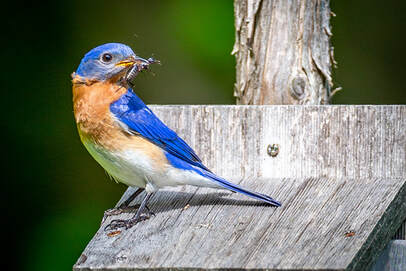 Photo Credit - Jen Bennet for #madshedlove Photo Credit - Jen Bennet for #madshedlove Black Faces in Green Spaces: A Field Guide to Birding While Black This time of year, as we look out our windows, walk along the trails criss-crossing the Valley, or dip our toes in the Mad, we are often treated to the chirps, caws, and songs of birds. Their beauty, complexity, delicacy, and intelligence inspires us. We are lucky to have the chance to watch Scarlet Tanagers, Eastern Bluebirds, and Yellow-Rumped Warblers migrate through our Valley each summer. It can be easy to take in these idyllic surroundings, watching birds flit between the branches, and forget the hard journey they took to get here. This spring, on the morning of Memorial Day, just a few hours before George Floyd was murdered by members of the Minneapolis police department, Christian Cooper (onetime president of the Harvard Ornithological Club and current Audubon New York board member) was birding in Central Park, when a white woman called the police claiming Cooper, a black man, was threatening her. He had asked her to leash her dog. The incident sparked other black birders, like Corina Newsome, a graduate student studying ornithology, to speak out about their own experiences birding while black and to launch #blackbirdersweek. We are on the far side of #blackbirdersweek now, but the death of Floyd, Breonna Taylor, and many others, alongside daily encounters with racism like those experience by Christian Cooper, have kindled a national conversation about racism in the United States. Racism informs unchecked bias and sneaks into even well intentioned spaces. Even relatively small decisions can add up to an unequal distribution of both social and environmental ills. As we work on issues like climate change, water quality, flood resilience, and protecting biodiversity, we can only benefit from fostering an inclusive, diverse, and representative community. Many black, indigenous, and people of color have been making this connection for years and their leadership has paved the way for a more thoughtful and equitable definition of environmental stewardship. Just on the other side of the Green Mountain ridge, Audubon Vermont's Education Director, Debbie Archer, spoke with Seven Days for their Stuck in Vermont Series about her experience as a birder, a black person, and an educator. Her work directly supports our avian neighbors by fostering the next generation of birders, nature-lovers, scientists, and environmentalists. The next time you see a Baltimore Oriole, consider the long flight it takes each spring as a reminder that the diversity around us is not a passive thing. Just as the Oriole takes its thousand mile journey to add its vibrant hues and treetop calls to the chorus of summertime songbirds, we can each take responsibility for own voice, our own journey, in fostering a more inclusive community here in the Valley and wherever our wings take us. Comments are closed.
|
Friendsof the Mad River Archives
July 2024
Categories |
Proudly powered by Weebly

 RSS Feed
RSS Feed